The contract manufacturing sector is navigating through turbulent times as Gil Roth, Founder and President of the Pharma & Biopharma Outsourcing Association (PBOA) explains.
Caught between the after-effects of the pandemic changing legislation, and the still-to-be fully realised promise of groundbreaking new treatments, the CDMO sector is showing resilience while preparing for the next wave of growth.
The Post-COVID Cliff
“We saw CDMOs rise up heroically to help with vaccine and therapeutic production. While there was a lot of government support on the build-up side, there’s been none on the drop-off”.
Many contract manufacturers had to scale significantly to cope with the demand but “now that things are receding, they are on their own. That’s been a real challenge.”
Gil says this has been a disappointing for the industry that achieved so much over the pandemic to rush out successful vaccination programmes as part of ‘Operation Warp Speed’.
“A lot of those lessons seem to been forgotten. People start complaining about budgets, and government support starts to dissipate.” says Gil.
R&D drought
“R&D pipelines have been hurt, both by COVID itself or the lockdown period where a lot of research and clinical trials were disrupted. The global interest rate rises post-COVID has also led to some R&D funding drying up.”
“The Inflation Reduction Act (IRA) in the US is meant to permit Medicare to begin negotiating prices on certain drugs. Some drug companies have said this is going to stymie their R&D efforts so are leaving fields, which is also impacting funding.”
“The CDMO sector is dependent on things making their way through the innovator side, so the R&D drought becomes the CDMO drought”
Cell and Gene Therapy
Cell and Gene Therapy, an area that is predominantly outsourced to startups, has experienced slower than expected growth due to delays in getting treatments approved by regulators.
“They’re an incredibly promising set of technologies but building up to accommodate it is going to be tough” says Gil.
“The FDA is still working to build-up the regulatory framework for a lot of the cell and gene therapies. They are in the process of hiring reviewers, build up that infrastructure and issuing guidance. Protocols that are still being developed for how to do these sorts of trials.. it’s still evolving.”
Opportunities for the CDMO sector
Despite the challenges Gil is positive about the many ways contract manufactureres are adapting and growing. “I think they’re they’re in position, they’re adapting. Capital is still accessible when it comes to making new investments. “ he says.
“It’s worth remembering that Oral solid dosage drugs are still mighty important. In the US, 90% of prescriptions are generic, small molecule drugs. That’s a big savings on the US healthcare system and one that we helped contribute to by manufacturing for them.”
The on-shoring movement is also creating opportunities for CDMOs based in North America and Europe.
“There’s more to be done for companies are looking for more supply chain security, but there’s also geopolitical considerations that licence holders have and they might be interested in moving manufacturing to particular regions that aren’t currently served, that might create opportunities for CDMOs in those sectors in those particular geographic regions. “
Then, there are huge opportunities on the horizon for new treatments. While acknowledging it can be a gamble to ramp-up capacity at an early stage, Gil says “treatments like this create gigantic demand for certain types of manufacturing that just wasn’t there before.”
For example “nobody was predicting “$50 billion market in diabetes drugs that happen to cause weight loss” and Alzheimer’s treatments with monoclonal antibodies. “The patient population for that will be absolutely enormous, which would justify some of the very large biologic capacity investments that have been made by a couple of companies in the East.”
Don’t ‘nickle and dime’ CDMOs
Gil explains that when it comes to work with contract manufacturers it’s importnant to remember that price is not the number one consideration.
“If you were trying to ‘nickel and dime’ your CDMO way down, either you will end up leaving the business or they will end up not able to do everything you need because you are basically trying to use them as an in-house appendage without actually paying them.”
“Commoditised generic drugs in particular are very price sensitive and it becomes difficult for the license holders to know and forecast what their their product needs are going to be. That tentativeness translates into their relationship with CDMOs, where it becomes difficult to guarantee business.”
Rather than just focusing on the lowest price possible “you need to know that the company you’re working is a partner. Still keeping an eye on on costs, of course, but quality, delivering on time is more important.”
The Pharma & Biopharma Outsourcing Association (PBOA) advances the regulatory, legislative and general business interests of pharma & biopharma CDMOs. Find out more.

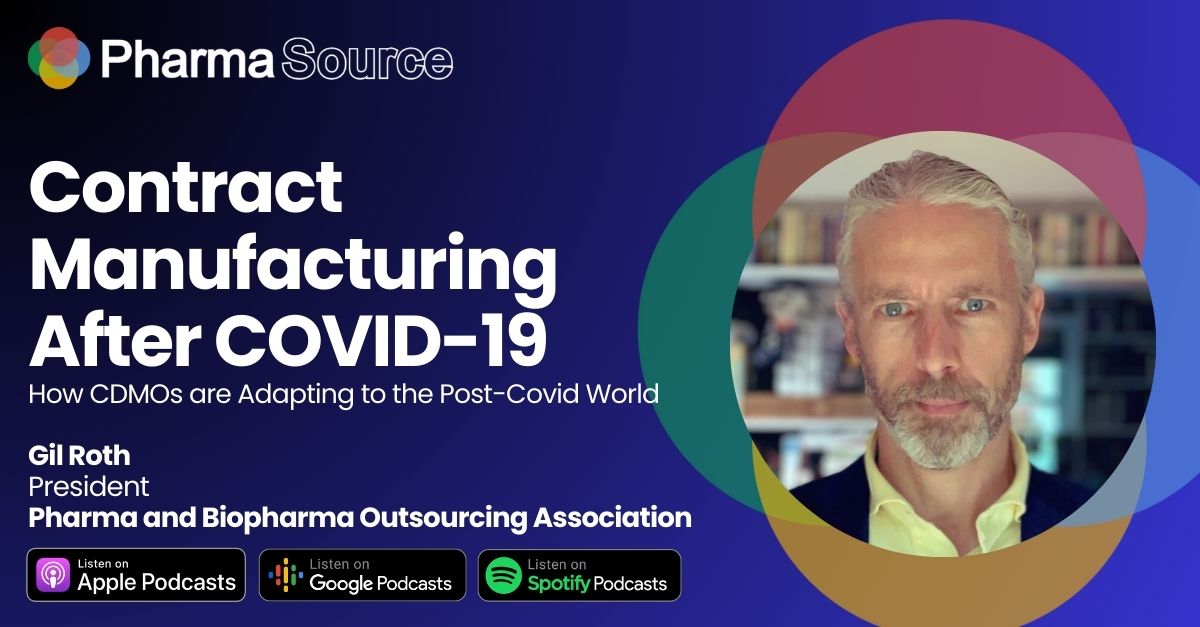


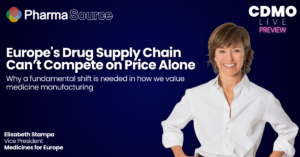




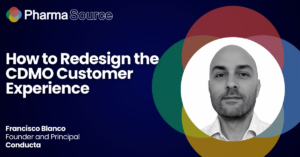

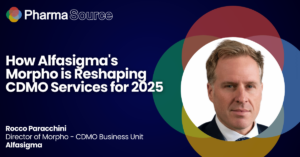
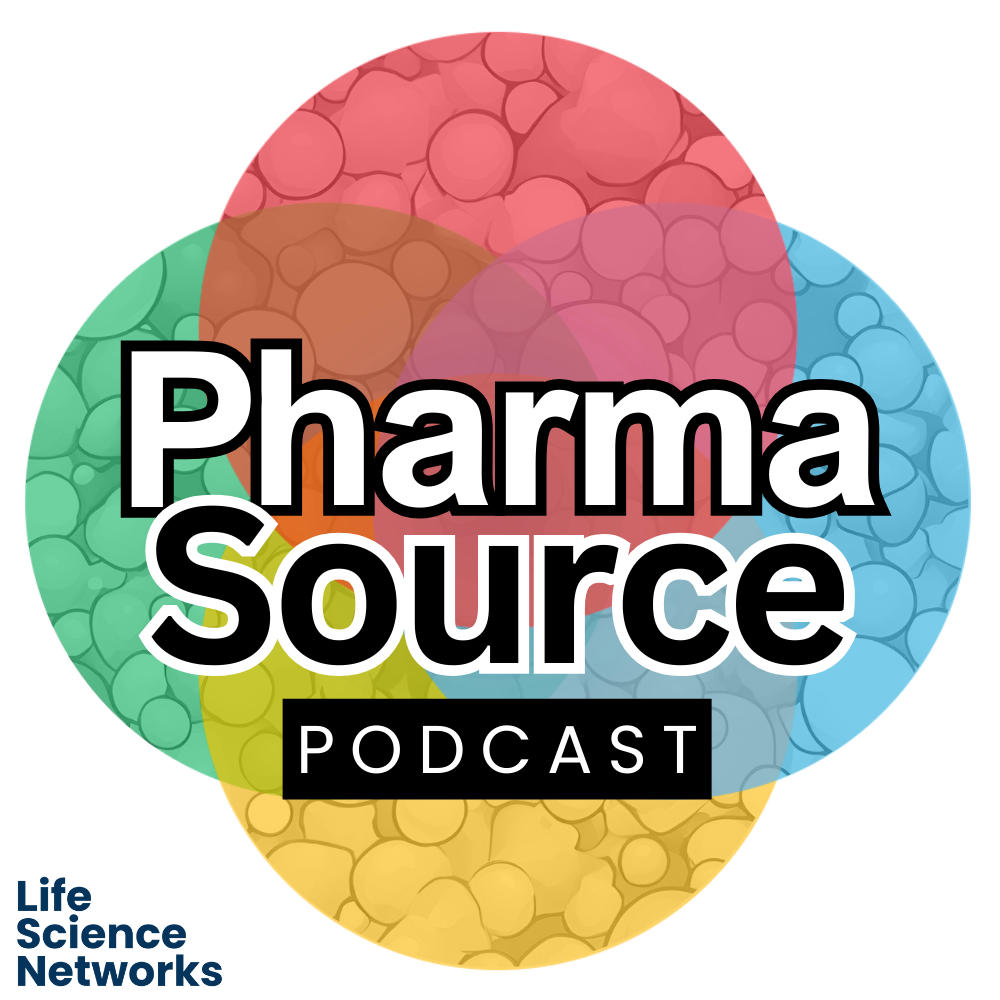
 Stay ahead of trends and best practices
Stay ahead of trends and best practices
